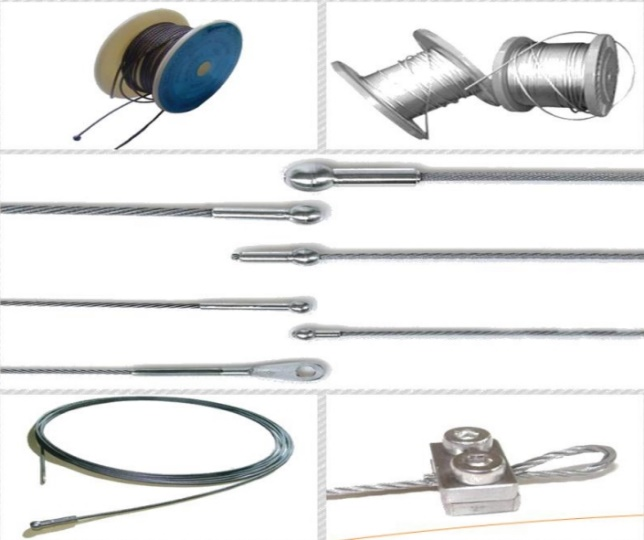When it comes to physical activity, whether it’s a high-intensity workout, a leisurely jog, or a day spent outdoors, the choice of fabric can significantly impact your comfort and performance. One of the most critical factors to consider is how well the fabric manages sweat. In this article, we will explore the best fabrics for sweat management, their properties, and how to choose the right material for your specific needs.
Understanding Sweat and Its Impact on Performance
Sweat is the body’s natural mechanism for regulating temperature. When we exercise, our body temperature rises, prompting sweat glands to release moisture onto the skin's surface. This moisture evaporates, cooling the body down. However, not all fabrics are created equal when it comes to managing sweat. The right fabric can enhance evaporation, wick moisture away from the skin, and keep you feeling dry and comfortable.
Key Properties of Sweat-Wicking Fabrics
- Moisture Management: The primary function of sweat-wicking fabrics is to pull moisture away from the skin. This is often achieved through capillary action, where the fabric’s fibers draw sweat away from the body and spread it across a larger surface area for quicker evaporation.
- Breathability: Breathable fabrics allow air to circulate, which helps in evaporating sweat and regulating body temperature. Fabrics with a loose weave or mesh construction are typically more breathable.
- Quick-Drying: Quick-drying fabrics are essential for maintaining comfort during and after exercise. These materials should not only wick moisture away but also dry rapidly to prevent the fabric from becoming heavy and uncomfortable.
- Antimicrobial Properties: Some fabrics are treated with antimicrobial agents to reduce odor caused by bacteria that thrive in moist environments. This is particularly beneficial for prolonged wear during intense activities.
Top Fabrics for Sweat Management
- Polyester
Polyester is one of the most popular fabrics for activewear due to its excellent moisture-wicking properties. It is lightweight, durable, and dries quickly, making it ideal for high-intensity workouts. Additionally, polyester can be blended with other materials to enhance its performance characteristics.
- Nylon
Nylon is another synthetic fabric known for its strength and elasticity. It has good moisture-wicking capabilities and is often used in athletic wear. Nylon’s smooth texture also provides a comfortable fit against the skin, reducing chafing during movement.
- Merino Wool
While wool may seem counterintuitive for sweat management, Merino wool is an exceptional choice for both warmth and moisture control. It can absorb a significant amount of moisture without feeling wet, and its natural properties help regulate temperature. Merino wool is also naturally odor-resistant, making it suitable for multi-day wear.
- Bamboo Fabric
Bamboo fabric is gaining popularity in the activewear market due to its eco-friendly nature and inherent moisture-wicking properties. It is soft, breathable, and has natural antibacterial qualities, making it a great choice for those with sensitive skin.
- Spandex (Lycra)
Often blended with other fabrics, spandex provides stretch and flexibility, allowing for a full range of motion during workouts. While it doesn’t wick moisture as effectively on its own, its inclusion in fabric blends enhances the overall performance of activewear.
Choosing the Right Fabric for Your Activity
When selecting the best fabric for sweat management, consider the type of activity you will be engaging in:
- High-Intensity Workouts: Look for lightweight, breathable fabrics like polyester or nylon that wick moisture quickly and dry rapidly.
- Outdoor Activities: For hiking or running in varying weather conditions, Merino wool or bamboo fabric can provide temperature regulation and odor resistance.
- Yoga or Low-Impact Activities: Fabrics with a bit of stretch, such as spandex blends, can offer comfort and flexibility while still managing moisture.
Conclusion
Choosing the right fabric for sweat management is crucial for enhancing your comfort and performance during physical activities. By understanding the properties of various fabrics and their suitability for different types of exercise, you can make informed decisions that will keep you dry, comfortable, and focused on your fitness goals. Whether you prefer synthetic options like polyester and nylon or natural choices like Merino wool and bamboo, the right fabric can make all the difference in your active lifestyle.


